In every experiment with potentiometer in the null point state, the potential difference between the ends of the galvanometer is
A
zero
B
infinite
C
equal to the potential difference of the cell
D
unknown
Video Solution
Text Solution
The correct Answer is:A
|
Answer
Step by step video, text & image solution for In every experiment with potentiometer in the null point state, the potential difference between the ends of the galvanometer is by Physics experts to help you in doubts & scoring excellent marks in Class 12 exams.
Updated on:21/07/2023
Related Playlists
Knowledge Check
- Question 1 - Select One
The potential difference between point A and B is
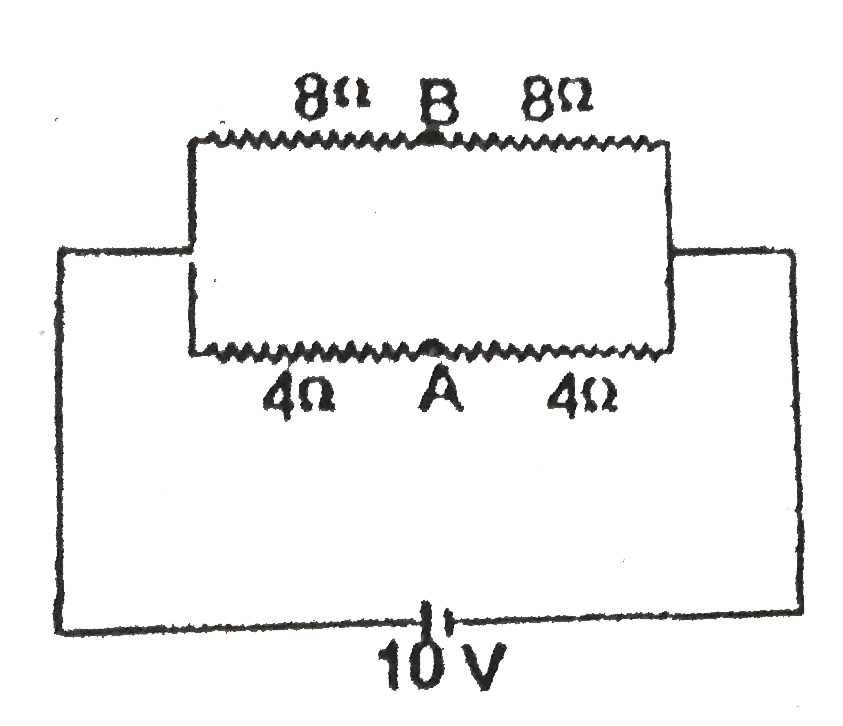 A207VB407VC107VDzero
A207VB407VC107VDzero - Question 1 - Select One
The potential difference between points A nd B is
 A0 VB10 VC4 VD5 V
A0 VB10 VC4 VD5 V - Question 1 - Select One
The potential difference between point A & B is
 A207VB407VC107VD0
A207VB407VC107VD0 - Question 1 - Select One
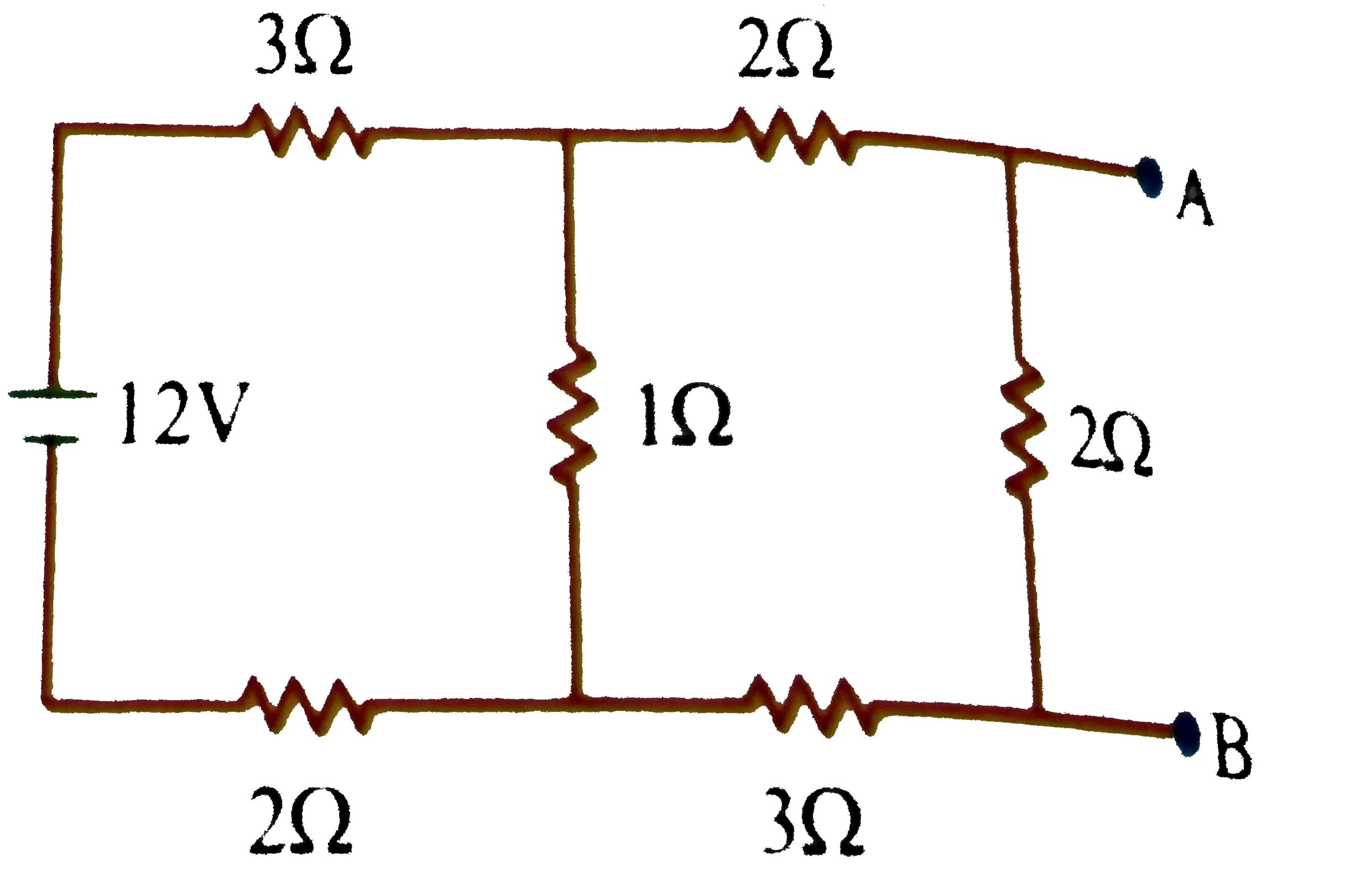
The potential difference between points A and B isA1.50VB2.50VC1.00VD0.50V - Question 1 - Select One
The potential difference between points A and B is
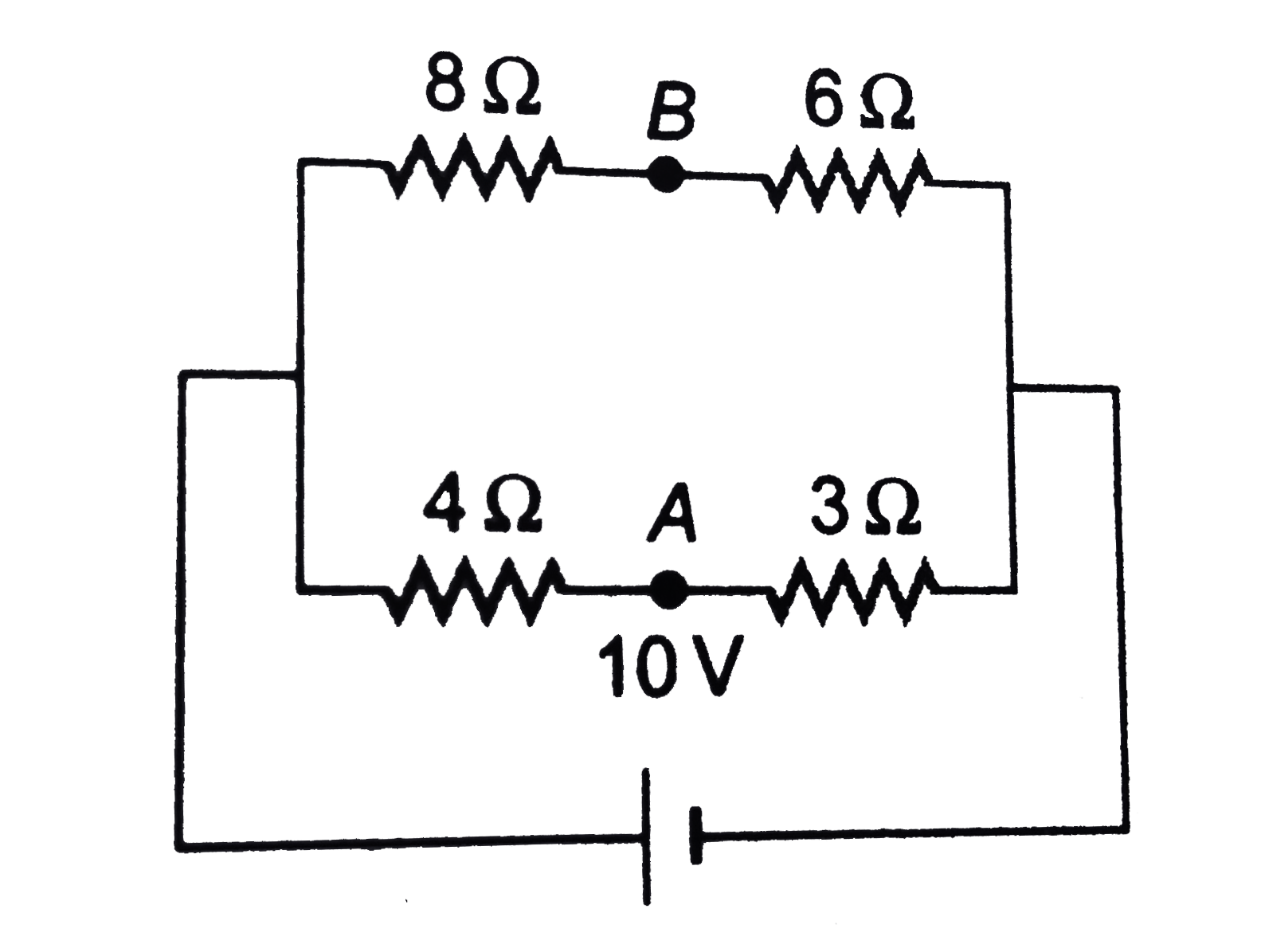 A207VB407VC107VDzero
A207VB407VC107VDzero - Question 1 - Select One
The potential difference between points A and B is:
 A207VB407VC107VDZero
A207VB407VC107VDZero - Question 1 - Select One
The potential difference between points A and B is -
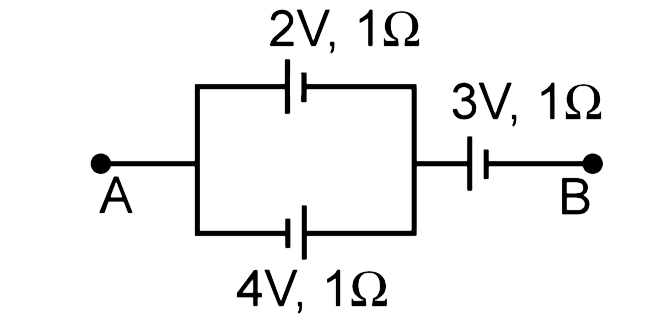 A2VB6VC4VD3V
A2VB6VC4VD3V - Question 1 - Select One
The potential difference between two points also called
AvoltageBworkCelectric powerDrating - Question 1 - Select One
The potential difference between points A and B from the figure is
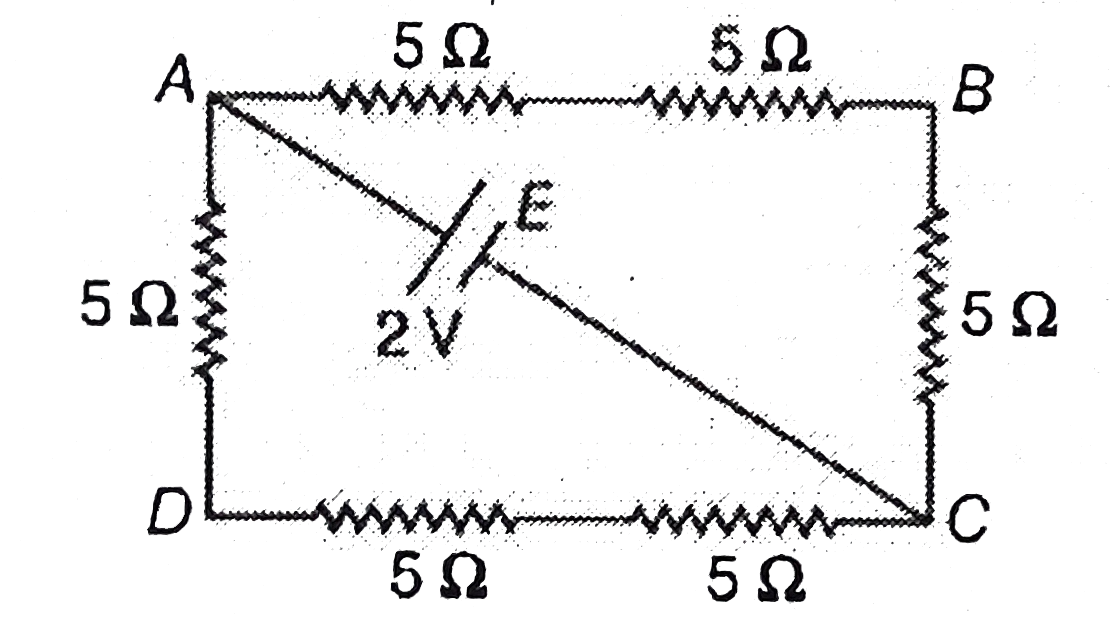 A2/3VB8/9VC4/3VD2 V
A2/3VB8/9VC4/3VD2 V - Question 1 - Select One
Potential difference between two points is equal to
AWork donechargeBCharge × work doneCChargework doneD(charge)2work done

